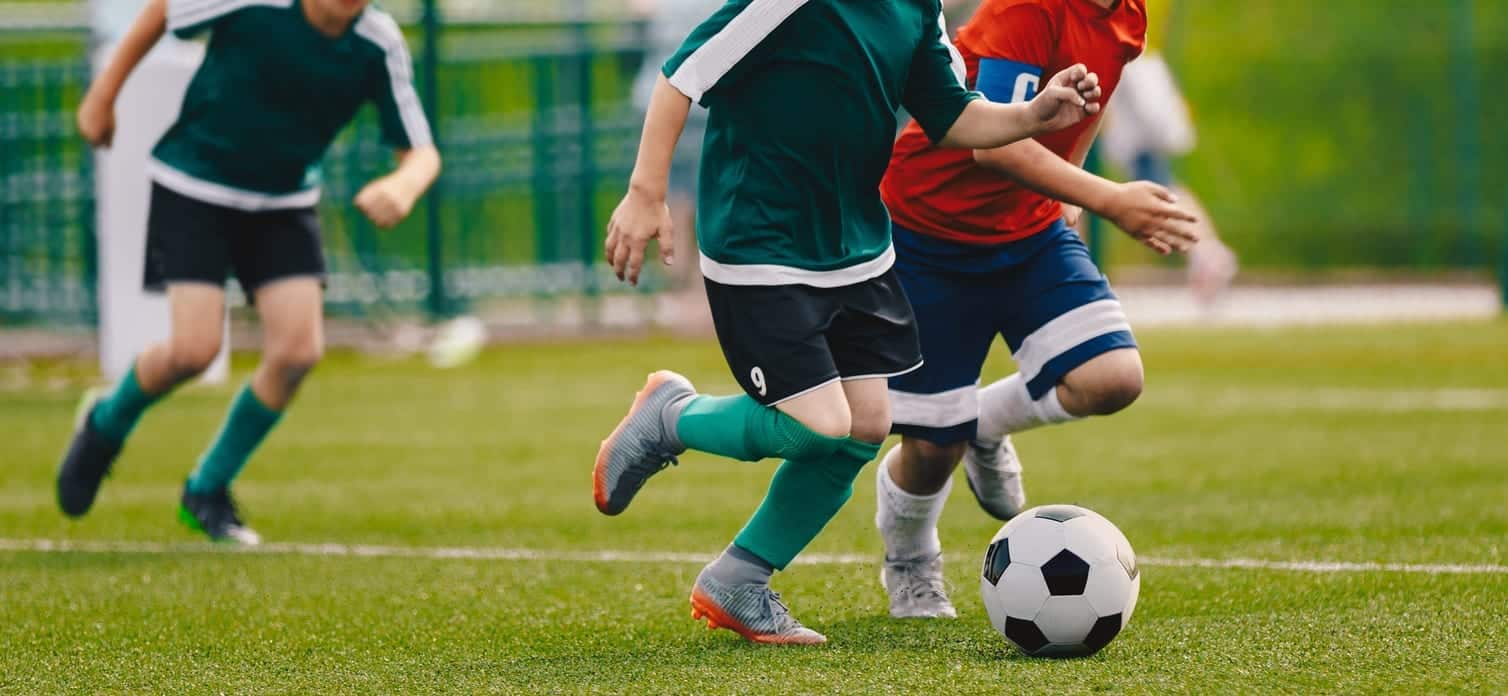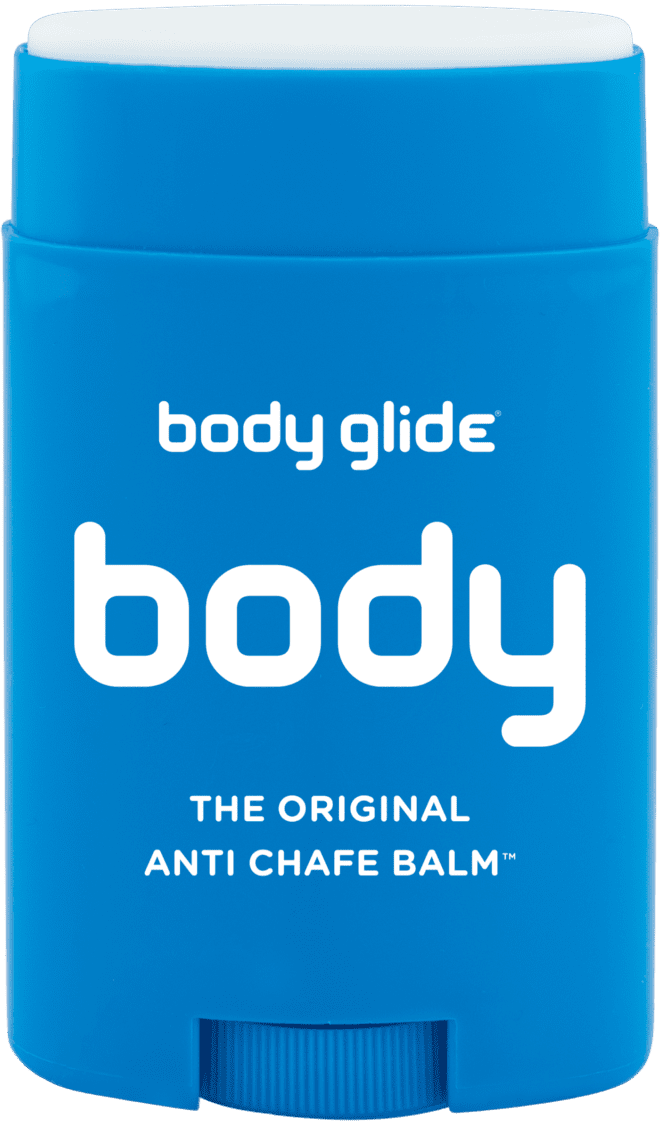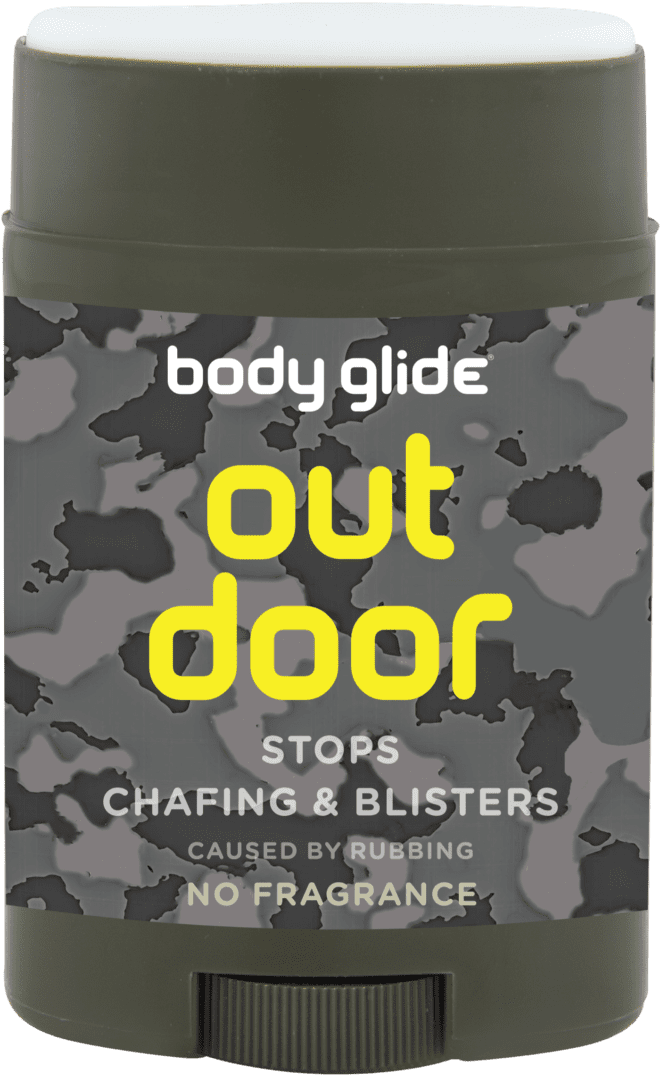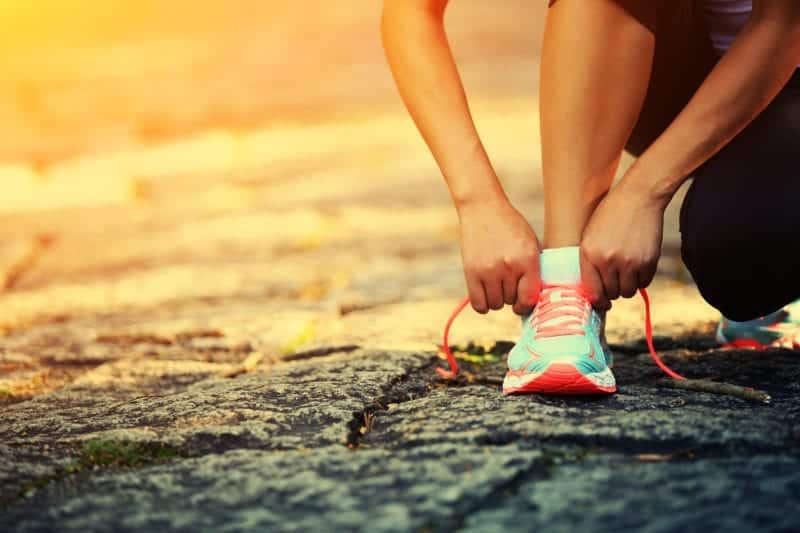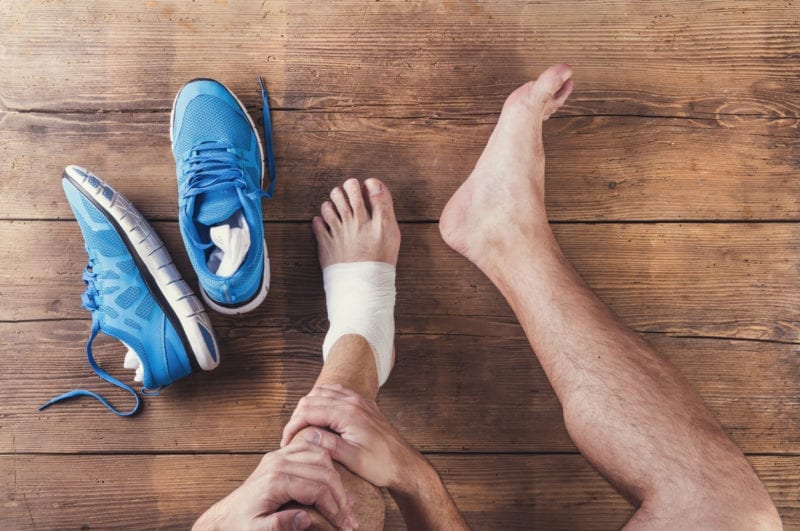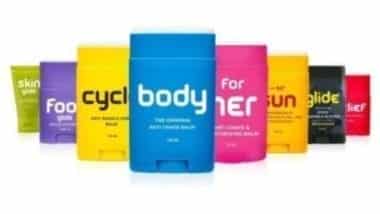Soccer Blisters
Foot blisters are an almost ubiquitous occurrence in soccer, something both casual weekend players and seasoned athletes have come to anticipate sooner or later. These blisters arise due to the friction generated between the feet and the shoes. The constant rubbing emerges as players execute sharp cuts, swift accelerations, and abrupt stops, all while exerting their body weight onto the cleat structure, which eventually exerts pressure against the skin on their feet. The formation of blisters is often linked to ill-fitting cleats that unevenly distribute weight, though other factors can also contribute, such as sock choice, body weight, playing style, on-field movement, air temperature, humidity, and perspiration.
The initial indication of an impending blister is often the sensation of a heated area beneath or surrounding the foot, where the skin experiences pressure from rubbing. Despite its subtle nature, this movement gradually erodes the outer layer of skin cells. Initially perceived as a heated spot, continuous rubbing coupled with sweat carrying minerals from the feet acts like fine sandpaper, escalating the friction, especially in damp conditions. The body’s natural response is to dispatch fluid to shield the affected region, eventually leading to the formation of a blister.
However, there is room for hope. There exist measures that can mitigate the risk, alleviate discomfort, and expedite the healing process associated with blisters. A crucial initial step is the application of Body Glide to the afflicted area. This product establishes an imperceptible barrier between the skin and external elements, as well as other clothing or skin surfaces, serving as a preventive measure against blister formation. Our balms are composed of allergen-free, plant-derived components that are safe for the skin, endorsed as vegan-friendly, and have not undergone animal testing. Furthermore, these balms remain non-greasy and moisture-free, eliminating the need for messy, wet creams, gels, or powders. They are also compatible with clothing, footwear, and wetsuits.
How can you prevent foot blisters?
Keep Friction To A Minimum
Reducing friction will dramatically lower your risk of forming a blister. That’s why it’s critical to use a barrier lubricant like Foot Glide® stick. Many blister preventatives are wet, oily, and are easily pushed away from where you need protection the most. Foot Glide® balm is dry, made of plant ingredients, never oily or messy, and adds a protective layer on the skin to reduce friction.
High Quality, Well Fitting Gear
Wear cleats that are properly sized and that distribute your weight evenly. Don’t take a chance on fit – it’s another critical variable to whether you will get blisters.
Another is your socks. Be sure they are seam free and that they are specifically made to wick away moisture. We would go so far as to recommend always keeping fresh socks in your bag to make a fast, easy switch at the half and after a long game.
How to properly treat a soccer blister?
A soccer blister can be quite painful and could sideline you until healed. If you feel the need to drain the blister, be careful and consider contacting a health professional. If you feel the need is critical and must do it yourself (which should be your last resort!) here’s how to do it safely.
- Wash your hands and the blister with warm water and soap.
- Swab the blister and area with an antiseptic like iodine or rubbing alcohol.
- Sterilize a clean and sharp needle by wiping it with an antiseptic.
- Gently puncture the blister in a few spots near the blister edge. Let the fluid drain (applying very gentle pressure if necessary) and do not remove the overlying skin.
- Immediately apply an antibiotic ointment to the area and cover it with a bandage or gauze.
- After several days, you can cut away the dead skin using sterilized scissors and tweezers.
- Seek medical advice immediately if you notice redness, pus, warm or inflamed skin, or increasing pain as these could all be signs of a serious infection.
And this brings it back to prevention:
Be on the lookout for Turf Burn, the bane of many soccer athletes and professionals alike. Apply Foot Glide® stick right before you put on your socks, before practice, and before a match. Put it on areas of your foot, around your toes, at your ankles, under the soles, and on the sides of your feet where the forces from quick cuts and hard stops can take a toll. Foot Glide® balm is an invisible barrier between your feet, socks, and cleats helping reduce friction that causes blisters!

